Introduction
Device Information provides the following Android device information divided into the following categories. 1. Dashboard
Memory
Read-Only Memory
Internal Memory
External Memory
Battery
CPU
Available Sensors
Installed Apps
2. Device
Device Name
Model
Manufacturer
Device
Board
Hardware
Brand
IMEI Company
Hardware Serial
SIM Serial
SIM User
Network Operator
Network Type
WiFi Mac Address
Generate Fingerprint
USB Host
3. System
Version
Code Name
API Level
Security Patch Level
Bootloader
Build Number
Baseband
Java Virtual Machine
Kernel
Language
Root Access
Root Management App
Treble
Seamless Update
OpenGL ES
System uptime
4. CPU
Processor
CPU architecture
Supported ABI
CPU hardware
CPU regulator
Number of cores
CPU frequency
Running cores
GPU renderer
GPU vendor
GPU version
5. Battery
Health
Number
Status
Power
Technology
Temperature
Voltage
Capacity
6. Display
Resolution
Dense
Font scale
Physical size
Refresh rate
HDR
HDR capabilities
Brightness level and mode
Orientation
7. Memory
Memory
Read-only memory
Internal memory
External memory
8. Sensor
Sensor name
Sensor vendor
Type
Power
9. Applications
User applications
Installed applications
Application version
Minimum operating system
Target operating system
Installation date
Update date
10. Device test
Display test
Multi-touch test
Flashlight test
Speaker test
Ear speaker test
Mic test
Near ear test
Light sensor test
Accelerometer test
Vibration test
Bluetooth test
Wi-Fi test
Fingerprint test
Volume up button test
Volume down button test
11. Temperature
12. Camera
13. Theme
Dark theme
Custom color
Software features
1. LCD – Model, sometimes vendor. For some platforms, detection requires root. You can also check colors in LCD test
2. Touchscreen – Model, you can check how many fingers are supported in multi-touch test
3. Camera – Model, vendor, resolution. If not detected, sometimes a list of supported cameras is provided. Hardware information via camera model and API software. For 5.1+ use camera2 api by default, if you grant camera permission, the old api is used
4. Detailed information about SoC in your device
CPU: Model, Cores, Cluster, Family, ABI, Governor, Frequency
GPU: Model, Vendor, OpenGL, Frequency, Extended List
Click on Clock Speed to open CPU Monitor
5. System: Complete information about firmware build
6. Memory: Enter LPDDR and operating frequency
7. Flash: Chip and Vendor EMMC or UFS (SCSI)
You can go to Memory tab to see memory and storage usage
8. Battery: Basic information and some device available extra information
– Discharge rate is current consumption
– Charge rate is charge current minus current consumption
– Kernel profile. It is for reference and correction of factory batteries only
– Model
9. Temperature: Temperature of thermal sensors
10. Sensors: Availability and testing of basic sensors. Interact with my app "Sensor Test"
11. Drivers: You can find other chips used in the device
12. Partitions: List of partitions and their sizes
13. PMIC: List of power regulator voltages applied to components
14. Input Devices: List of input devices
15. Applications: You can quickly find an application and view information about it, a list of system applications is also provided
16. Extra options
– Display the i2c address of the chip
– Open the engineering menu for mtk and xiaomi
– List of CPU codenames for Qualcomm, mtk, HiSilicon
– Display the kernel command line with root access
17. Theme: Supports light and dark themes, choose the one you like
18. Report: You can create a report with information about the device. It will be saved in an html file. You can open it or send to an email via the share button
19. Device List: List of i2c, spi devices. It is useful when there are many chips or unclassified
20. HiSi: Detect the camera from the photo exif information in the menu information center
21. Supported platforms
– Paid full version: Qualcomm, Mediatek, Exynos, Rockchip, HiSilicon
– Basic: Intel, Spreadtrum, etc.
Software highlights:
1. Storage analysis
Quickly find redundant files, duplicate files, and large files to free up more storage space
2. Device test
Screen test, button test, sensor test to see if everything is working properly on the phone
3. Application analysis
Target sdk, minimum sdk, application installer, native library, a comprehensive physical check of the application in the phone! 4. Application details
Activities, services, broadcast receivers, permissions, view AndroidManifest.xml, you can see all the details of the application
5. Manage applications
Export application icon, export application APK, share application, uninstall application, which is very convenient for you to perform any operation on the application
What's New in the Latest Version 12.2.0
Last updated on Nov 19, 2023
Minor bug fixes and improvements. Install or update to the newest version to check it out!

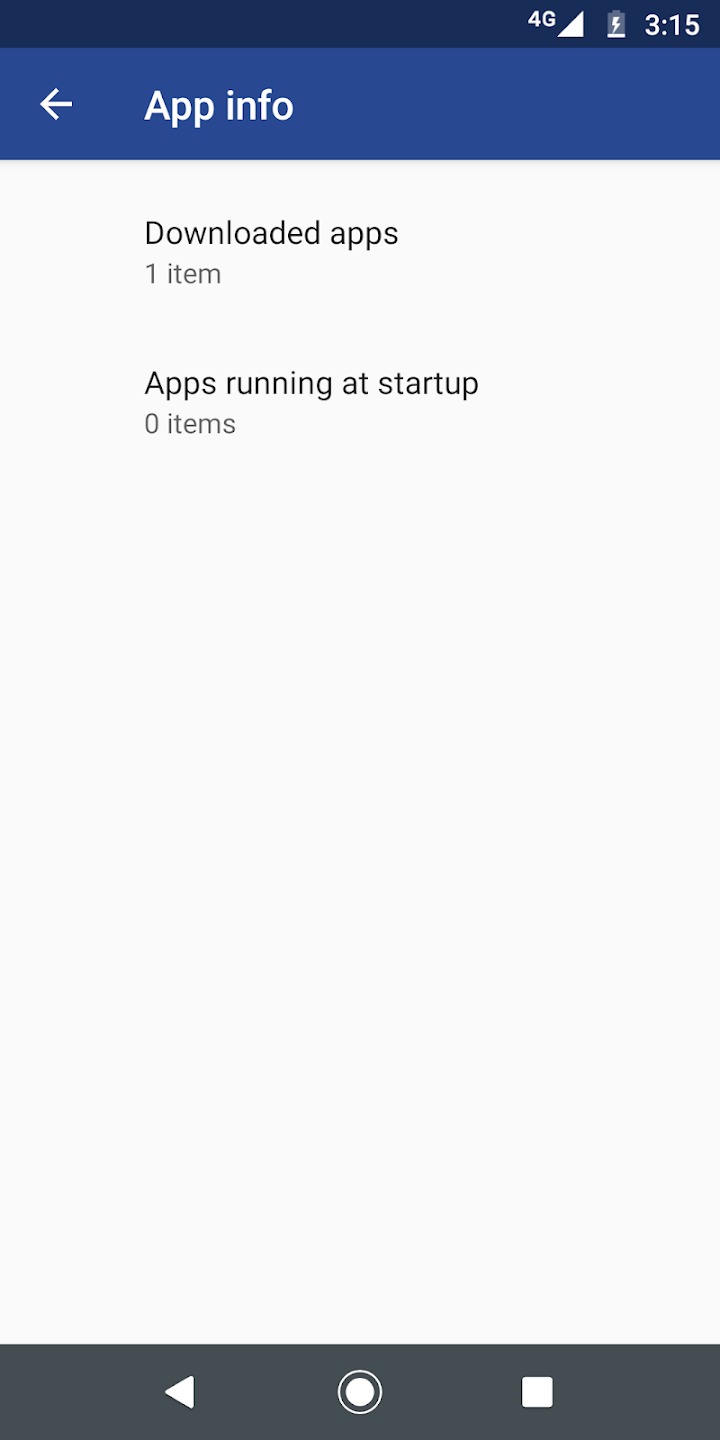
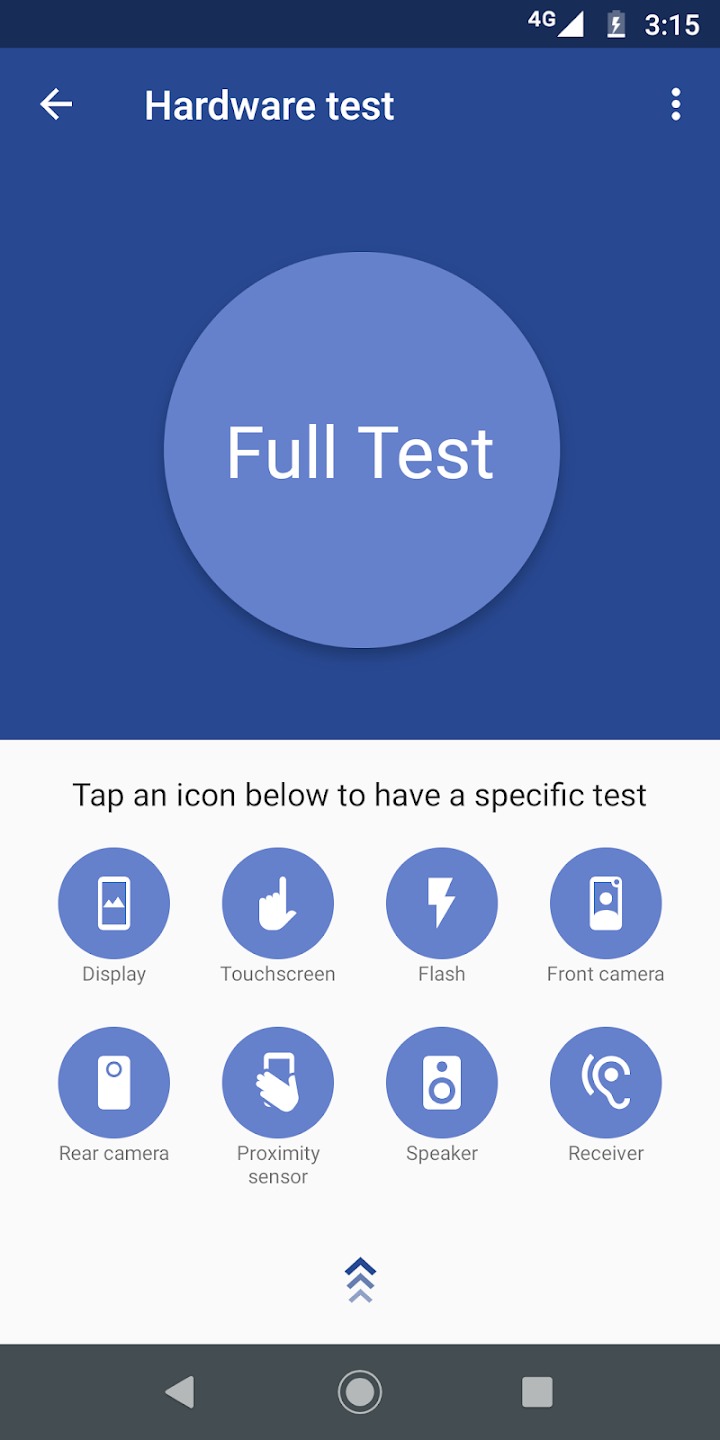
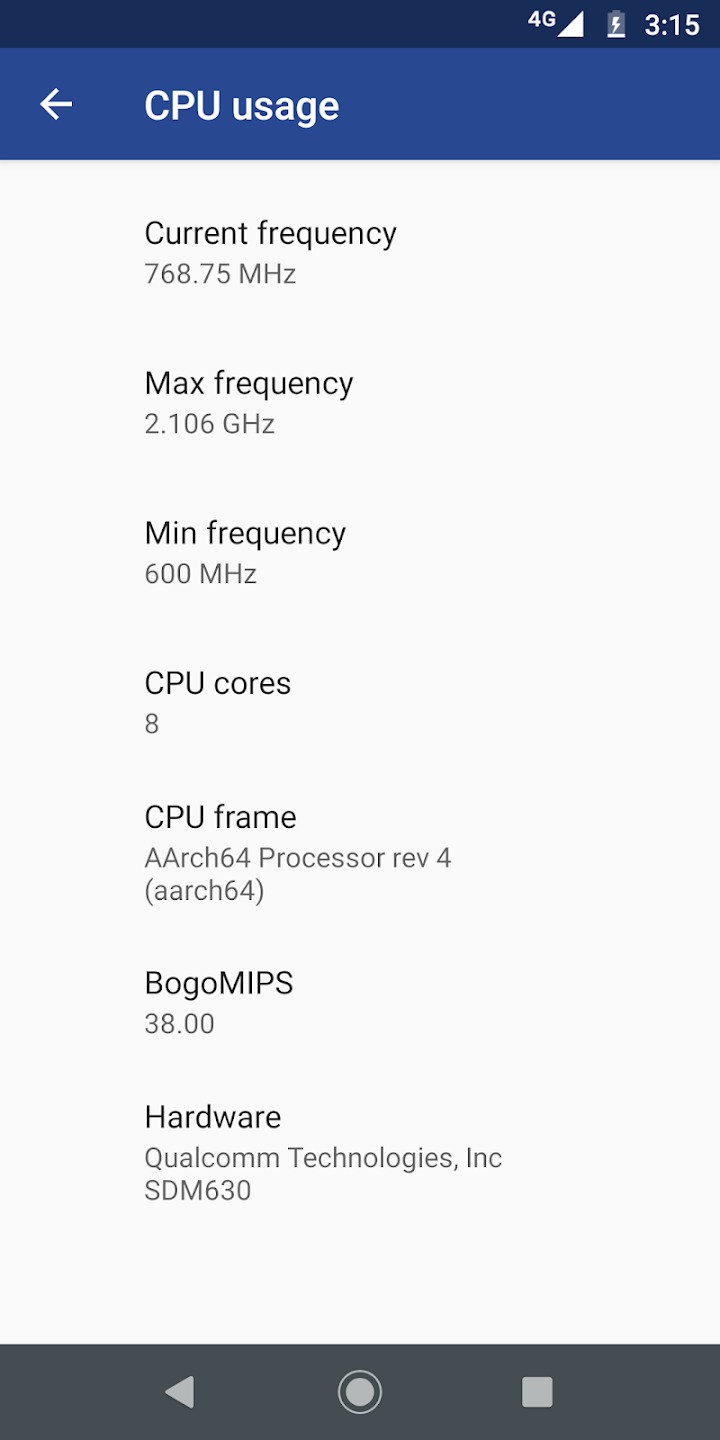

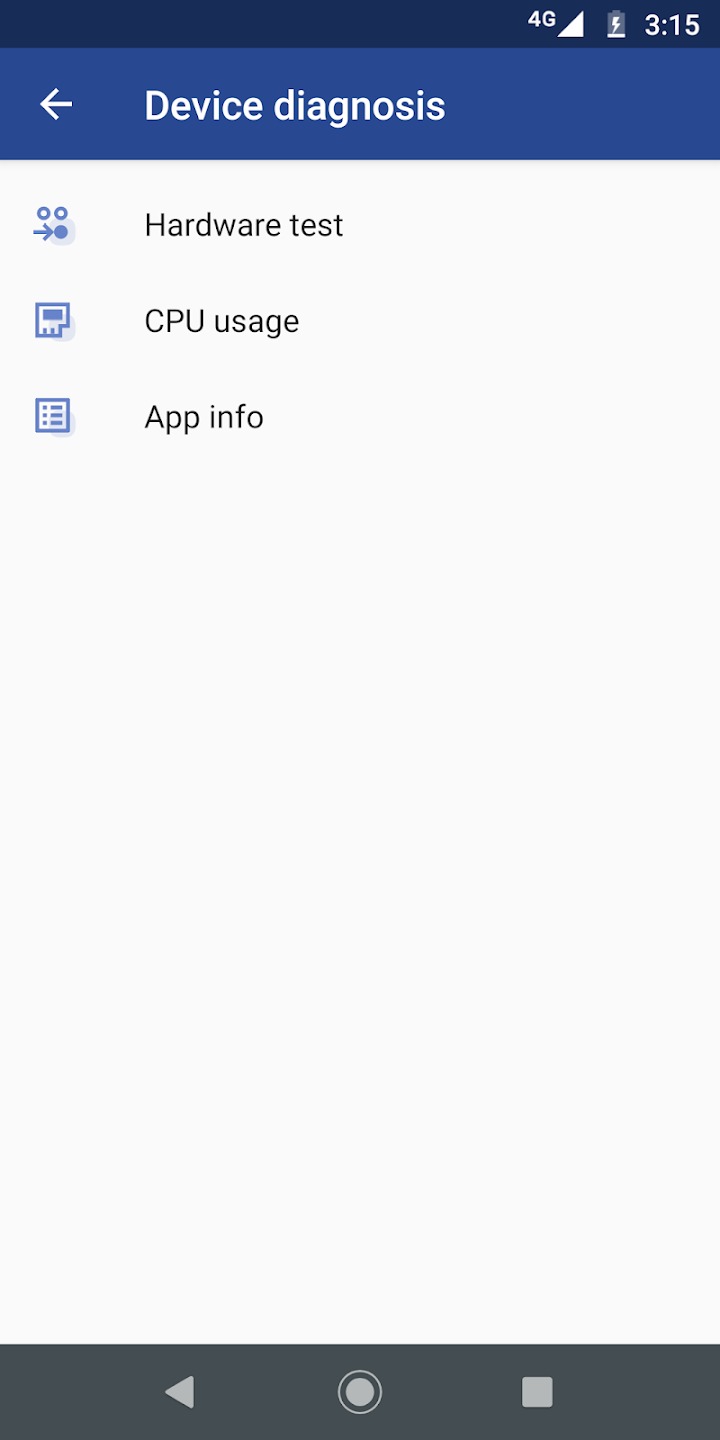
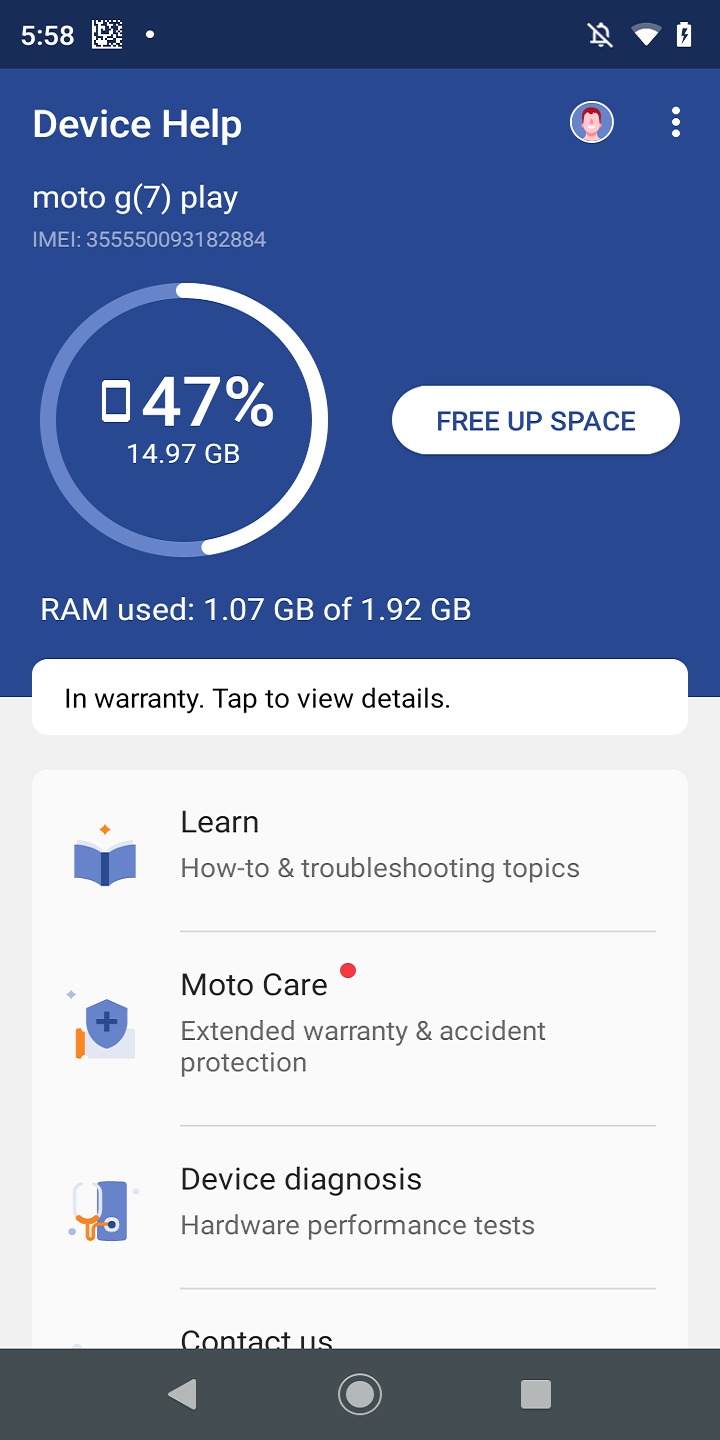
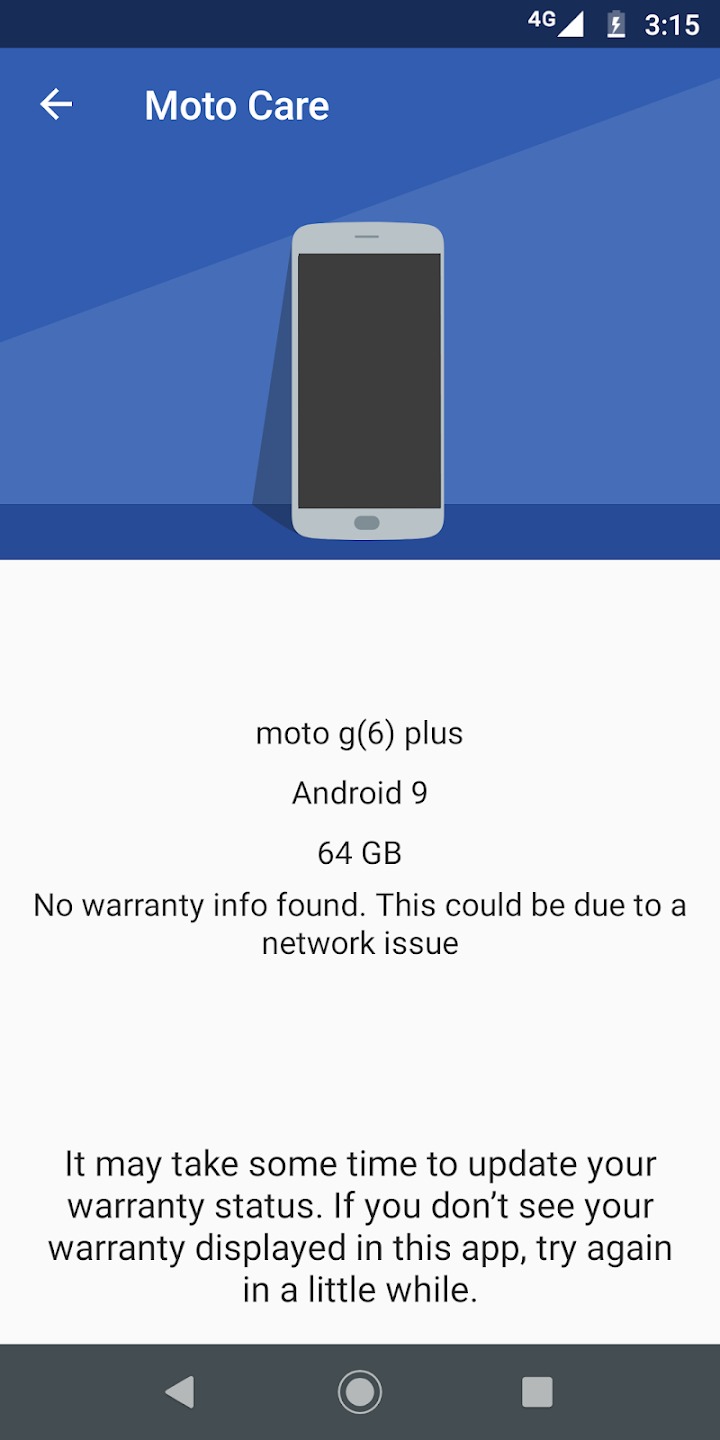
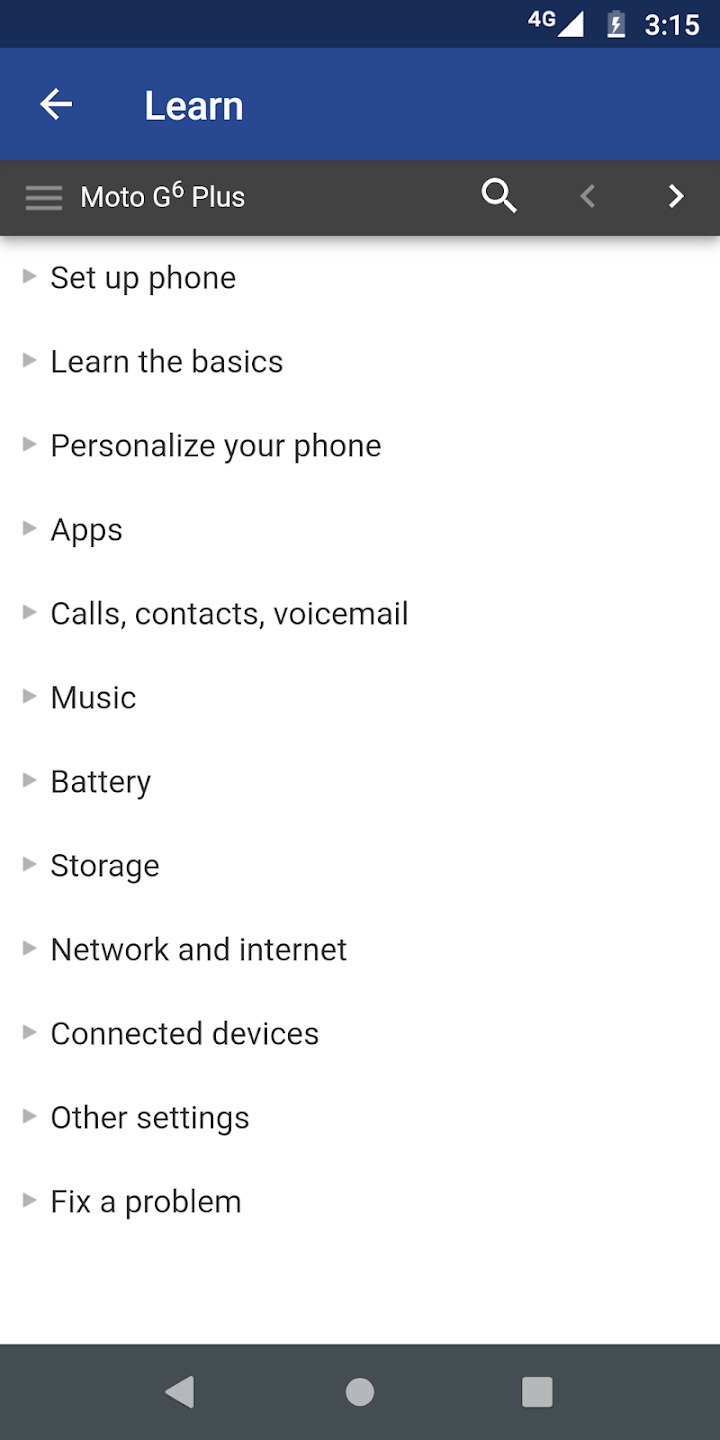









Ratings and reviews
There are no reviews yet. Be the first one to write one.